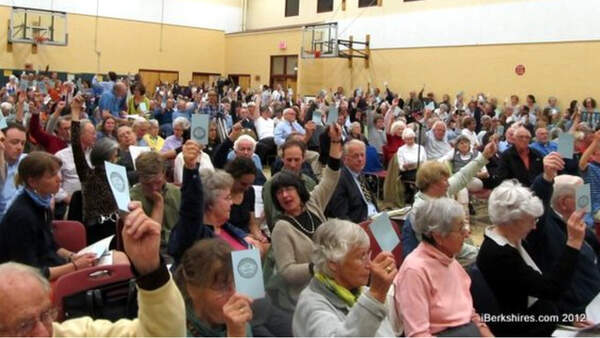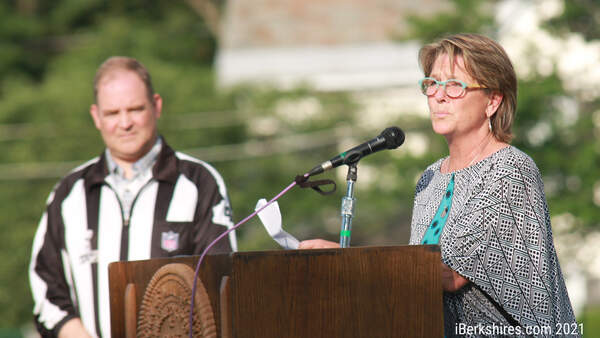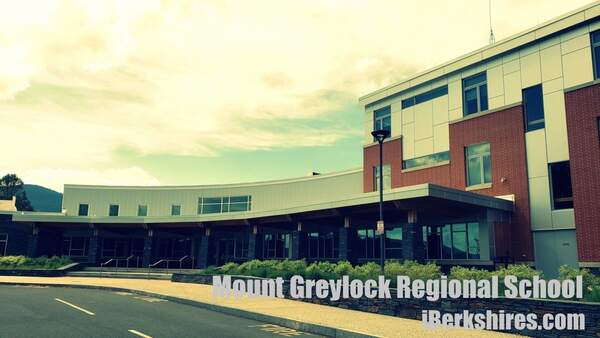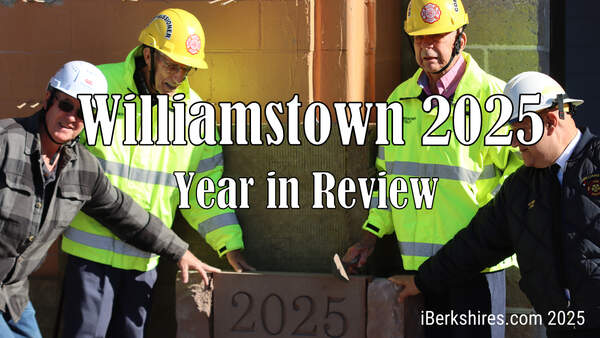Williamstown Planners See Options for Affordable Housing
|
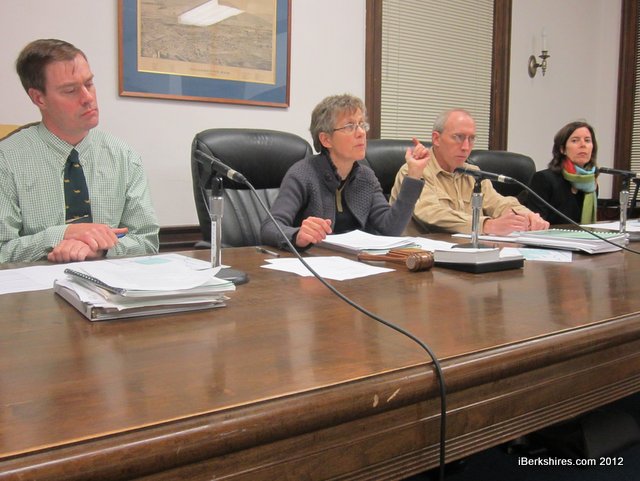
The Planning Board has determined to wait for more information before weighing in on the town's Spruces-Lowry plans but did discuss options for affordable housing.
|
WILLIAMSTOWN, Mass. — The Planning Board on Tuesday became the latest town committee to consider a proposal to use applied-for federal grant money to buy and close the Spruces Mobile Home Park and use most of the proceeds to fund affordable housing development in town.
The plan has drawn fire on two sides — from conservationists and the agriculture community who object to developing a 30-acre parcel of conserved land of Stratton Road and from some of the remaining residents at the storm-damaged mobile home park who say they would rather stay in place and see improvements made to prevent future flooding.
On Tuesday evening, the Planning Board ultimately decided not to take a vote either endorsing or opposing the Spruces-Lowry initiative, which remains in limbo while the town awaits word on a Federal Emergency Management Agency Hazard Mitigation Grant application it filed with park owner Morgan Management.
"We don't have a group opinion on [the plan]," Chairwoman Ann K. McCallum said. "We have a group opinion that there is a need for affordable housing. As for endorsing specific sites ... we're not there yet."
The panel welcomed two members of the town's Affordable Housing Committee. Chairwoman Catherine Yamamoto provided a lengthy update on the sites under consideration by her committee, and AHC member Bilal Ansari asked the Planning Board to decide whether the so-called Lowry property is an acceptable site for development, as was mentioned in the most recent Williamstown Master Plan (2002).
Ultimately, the planners opted to follow the path of the Agricultural Commission and Selectmen, which in the last two weeks have heard speakers on both sides of the issue before ultimately deciding the issue was not ripe for a vote. Last week, the trustees of the town's Affordable Housing Trust voted 4-0 (with one member absent) to endorse the Spruces-Lowry plan first articulated last month by Town Manager Peter Fohlin.
In keeping with its mission, the Planning Board discussed some of the long-range, big-picture elements of the affordable housing conversation in town, including whether zoning laws should be amended in order to encourage more low-cost housing and where it would be most appropriate to develop large-scale projects.
Board member Chris Winters said there are things the planners can do to address the need for affordable housing in town through the zoning laws.
"There's land everywhere," Winters said. "We have a lot of land in town. What keeps it from being developed are the value of the land — the cost of acquisition — and restrictions. We can't do anything about the cost, but we can address the regulations."
Ansari agreed with the idea of addressing restrictive zoning.
"Everything should be on the table: zoning, what's in conservation, what's not in conservation," Ansari said. "Look at the town core first, and if that doesn't meet the needs, look outside of that."
McCallum, an architect by trade, put her professional skills to work to work up preliminary site plans on three properties in the town core for purposes of discussion at Tuesday's meeting.
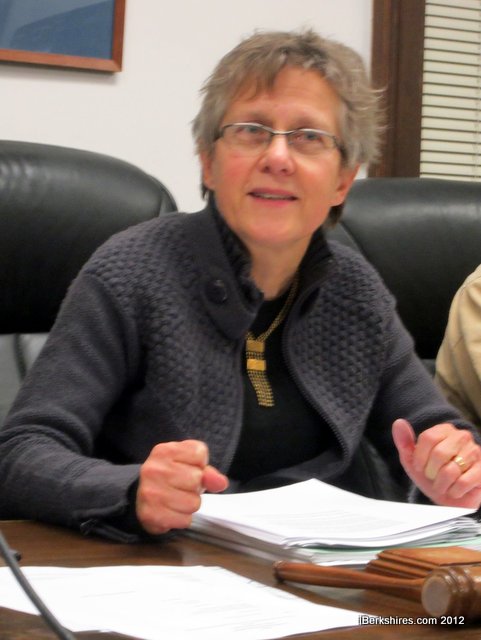 |
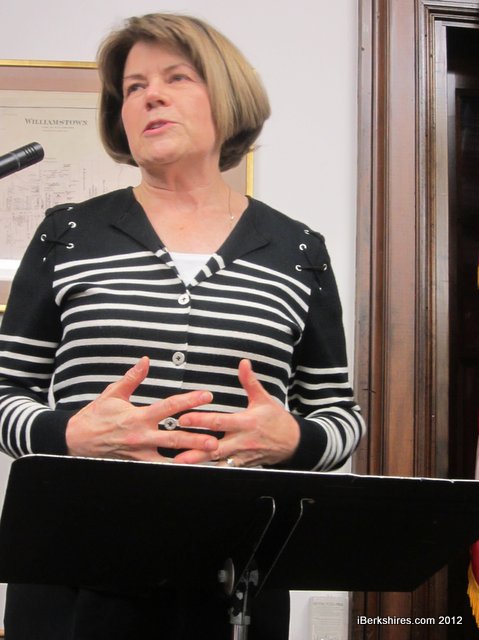 |
|
Planning Chairwoman Ann K. McCallum, left, an architect, had calculated the number of residential units for various properties; Housing Chairwoman Catherine Yamamoto, however, said the Lowry would most closely replicate the Spruces community. |
McCallum looked at the privately owned Cable Mills site on Water Street, which owner hopes to begin developing in the spring and two town-owned sites that long have been first and second on the priority list of the Affordable Housing Committee: the former Photech Mill site on Cole Avenue and the former Town Garage site at 59 Water St.
Based on what she emphasized was very preliminary work, McCallum estimated the town could develop as many as 58 units of affordable housing at Photech and 46 units at the former town garage site. And looking at portion of the Cable Mills property that Mitchell Properties does not plan to develop, McCallum estimated that 16 620-square-foot cottages and seven apartments could be built in addition to the development already planned by Boston-based Mitchell.
The AHC's Yamamoto thanked McCallum for her efforts and said all three site plans were promising but added that developing the Lowry property would allow the town to replicate the kind of community that has thrived at the Spruces, and in any event, the town's need for affordable housing outstrips the capacity of the three "brownfield" sites.
Winters pressed Yamamoto on the question of how the town should determine its "need" for affordable housing, which Yamamoto defined as units subsidized with government money that include some sort of rent control or income requirement.
Yamamoto responded by citing the 2002 town master plan, which set a goal of 150 additional units — long before Tropical Irene wiped out about 150 sites at the Spruces and left the remaining 66 sites in limbo. Morgan Management has said it cannot continue to operate the park at its current occupancy level.
"The Affordable Housing Committee and Affordable Housing Trust have commissioned a housing needs assessement," Yamamoto said.
That study, which should be back by March, will give the town an updated sense of its need for affordable housing, she said.
All four planners in attendance (Richard DeMayo was home recovering from surgery) expressed support for developing affordable housing in the town. McCallum raised the caveat that the town may want to consider exhausting the inventory of formerly developed land in the core of town before developing parcels like Lowry that are currently in agriculture.
"We don't want to kill the goose that laid the golden egg," McCallum said. "This town is known for its natural beauty. That's why the master plan talks about keeping housing dense in downtown."
The question of how dense promises to come up at future Planning Board meetings.
"Our goal as long-term thinkers is to look beyond any specific site and ask what ... can be changed by zoning that might [currently] contribute to the need for affordable housing," Winters said. "Are there ways our bylaws are suppressing supply?"
Tags: affordable housing, master plan, Planning Board, Spruces,






